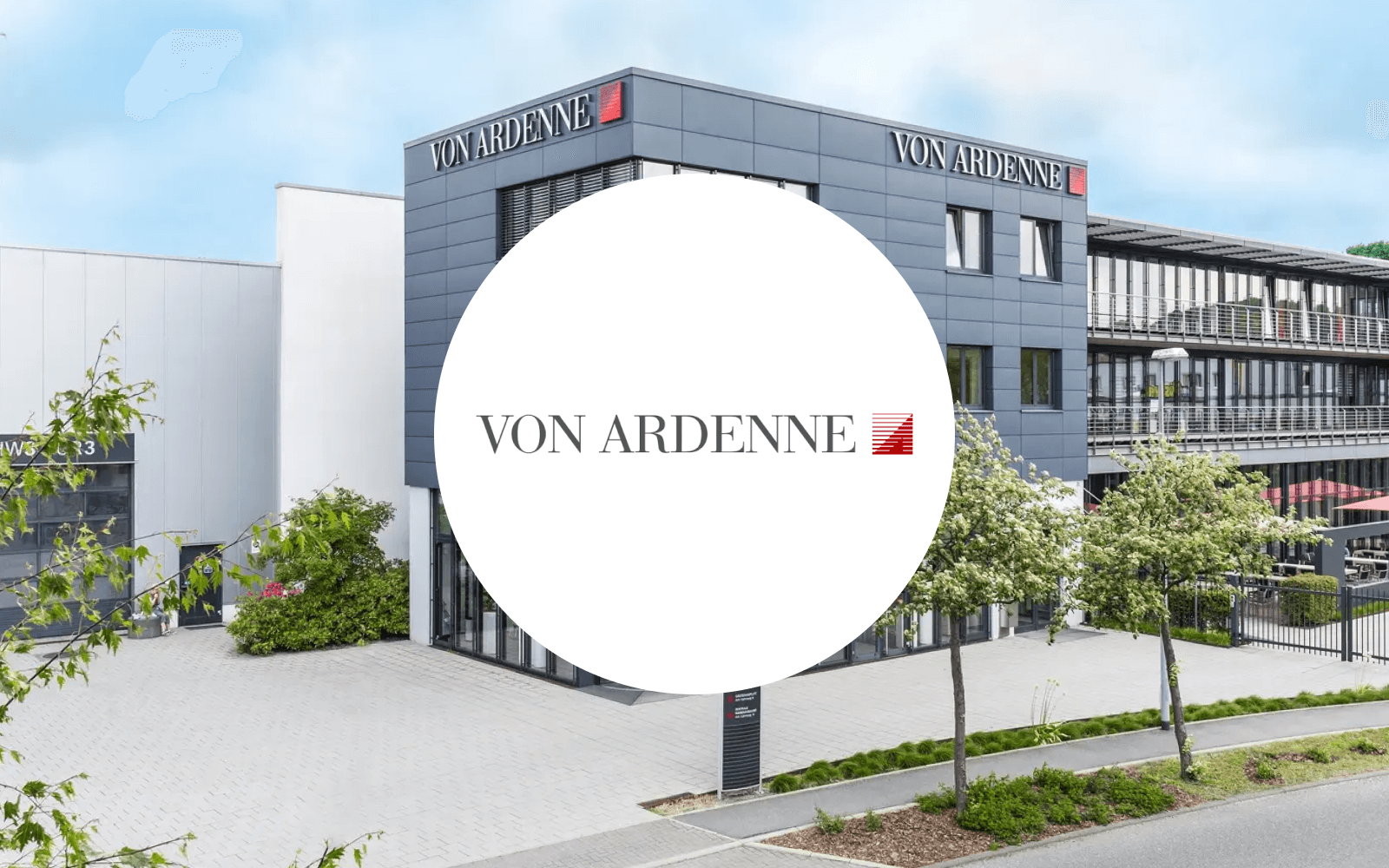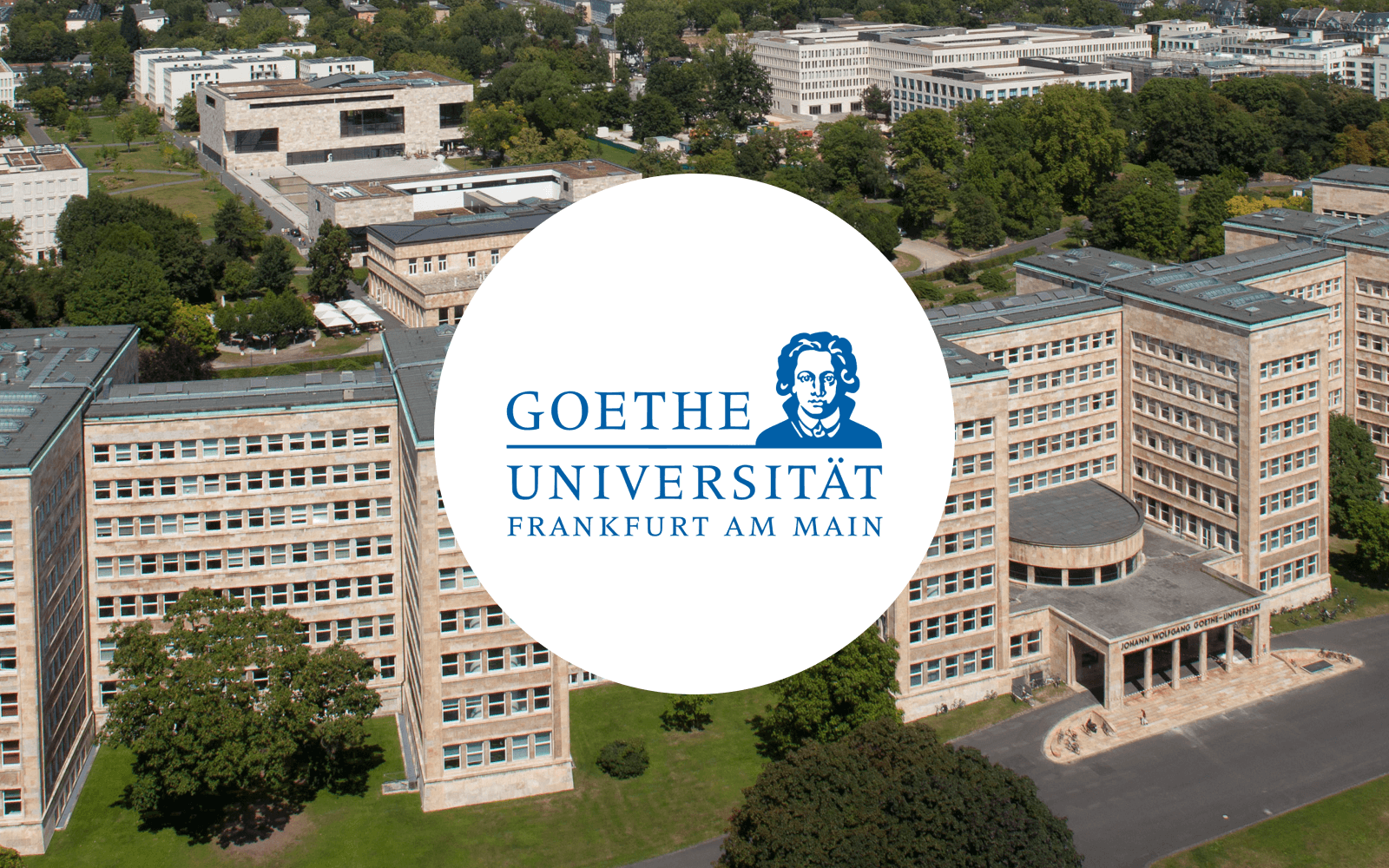i-doit at VON ARDENNE GmbH

“The international collaboration within our corporate group is 100 percent dependent on IT. i-doit enables us to centrally manage and provide all relevant information.”
CIO René Sieben
VON ARDENNE develops and manufactures systems for industrial vacuum coating of materials such as glass, wafers, metal strips, and plastic films. These coatings, ranging from one nanometer to a few micrometers in thickness depending on the application, give materials new functional properties.
The company's customers use these materials to produce high-quality products including architectural glass, smartphone and touchscreen displays, solar modules, and heat-protection films for automotive glazing.
VON ARDENNE offers customers technologically advanced vacuum coating systems, comprehensive expertise, and worldwide service. Key components are developed and manufactured in-house. Systems and components from VON ARDENNE make a significant contribution to environmental protection, being crucial in manufacturing products that help reduce energy consumption or generate energy from renewable resources.

Organisation: Von Ardenne
Industry: Vacuum coating technology
Locations: 7 across Europe, Asia, North America
Employees: 1.300 worldwide
Coating systems: over 550 in 50 countries
THE CHALLENGE
Branches and production facilities in Asia and the United States require a high degree of interconnectivity, mature IT management processes, and superior security standards. While the subsidiaries operate independently, their IT support is managed centrally from Dresden. Similarly, IT Service Management for the entire group is planned, implemented, and continuously improved from the Dresden headquarters.
THE SOLUTION
Example Application: SAP Interface
Like many organizations of this size, SAP is the first choice for mapping core business processes. However, a single booking entry in SAP can mean significant IT work. A simple entry from central asset accounting can initiate the lifecycle of dozens of servers, 100 workstations, or software license contingents.
Integrating purchasing and accounting processes with IT asset management data is one of the challenges in the i-doit community. Here's the solution from this flagship project: i-doit serves as the "point of truth." Data from satellite systems and upstream processes is retrieved, processed, imported into i-doit, and linked with additional documentation data. The goal is to ensure single data entry and maintain data currency across all systems.
This includes SAP booking data stored in IDoc files. Using custom-developed middleware, these datasets are retrieved and prepared for i-doit import via API. A dedicated object type, SAP-Assets, was created for this purpose. After import, a special status message indicates that IT team work can begin: documentation objects are then connected to the SAP booking. All documentation work takes place directly in i-doit. Thus, one booking entry generates the corresponding number of connected and easily analyzable IT assets. These asset records are then assigned to users, responsible parties, warehouse, or branch locations.
Relational connections are also made to workstations, rack spaces, rooms, as well as IT services and maintenance contracts. The template function enables the use of standard values. Mass changes for groups of objects can be made using the list editor. Throughout the lifecycle of IT assets now in i-doit, the question of reliable data maintenance and change documentation remains crucial. To make this traceable and easily controllable, sophisticated reporting was developed, incorporating several special features based on extensive practical experience.
For example, report recipients can easily distinguish new, modified, and deleted data from the previous reporting period through color coding. Using drill-down capabilities - starting from the SAP booking - all movements and changes can be traced, controlled, and used for further purposes down to individual connected records.
„Through this approach and the implementation of the SAP interface using i-doit API, we have significantly reduced our inventory effort and created unprecedented transparency of our IT assets“, summarizes René Sieben.
This end-to-end data control and comprehensive IT operations documentation represents the standard that VON ARDENNE strives for, mirroring their production operations: high precision, accuracy, and diligence they can rightfully be proud of!
THE BENEFITS
Maintaining an overview of globally used IT assets is challenging, yet it forms the foundation for control processes and projects. i-doit has been mastering this task optimally since its first day of implementation two years ago.
„The standard configuration and built-in structure of i-doit enabled us to easily transition from all previously existing decentralized solutions. No software customizations were needed initially. As a pilot project, the SIM card management was set up within a few weeks", explains René Sieben.
What sounds simple is by no means trivial: Dual-SIM phones, regionally different regulations for private and professional use, various providers and contracts, as well as the usual personnel fluctuation in companies of this size bring a lot of administrative effort. This has absolutely nothing to do with the value of the managed objects – the actual SIM card or its electronic equivalent.
High security requirements simply demand stringent processes. Custom adaptations to i-doit based on its included customization functions were added in further projects::
„For our special situation of a decentralized organization with central control, we had to come up with quite a few things. We decided on a shared view of IT components in i-doit for multiple companies, finely controlled through the adaptable permission system. i-doit supported us well with its flexibility and even surprised us in some places, so that we were able to implement our requirements without our own development or additional software.“
THE CONCLUSION
When introducing i-doit, it is important not to try to implement too much at once. However, a clear vision of what you want to achieve with the system is absolutely necessary. The effort required for data maintenance should not be underestimated. Crucial for the acceptance of a system like i-doit is an implementable project scope (in the form of multiple phases or several distinct projects). To derive the greatest possible benefit from a system like i-doit, it requires convincing all key users that this software supports their daily work. Only when users have a positive attitude towards a system like i-doit can good data quality be achieved. And that is crucial.



